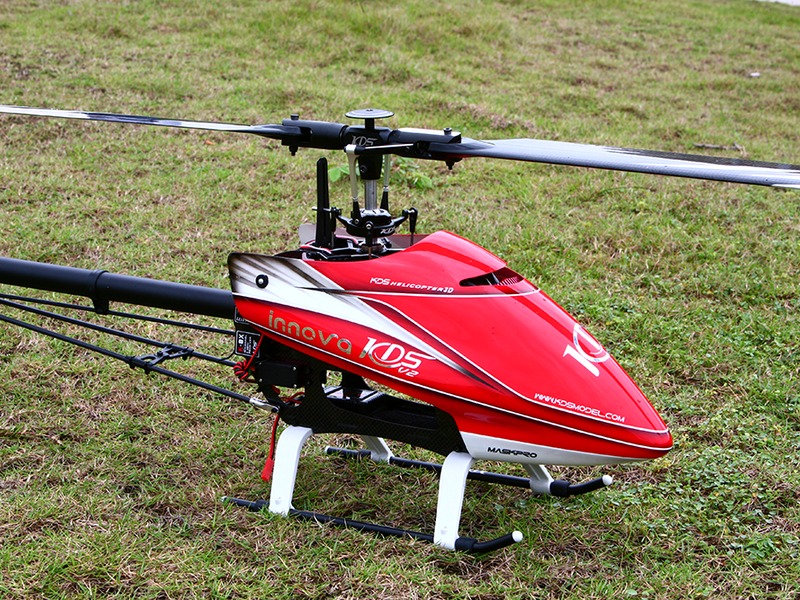What happens if lightning strikes a helicopter?

If lightning strikes a helicopter, the results can be catastrophic. The lightning can cause a power surge that can damage the electrical systems, burn out the wiring, and cause the engine to fail. It can also cause the rotor blades to break off, leading to a crash.
The first thing that happens when lightning strikes a helicopter is that it creates a powerful electric current. This current is strong enough to cause a power surge that can damage the electrical systems and burn out the wiring. This can cause the engine to fail, leading to a crash.
The second thing that happens is that the lightning can cause the rotor blades to break off. This can happen because the lightning creates a powerful magnetic field that can cause the blades to vibrate violently. This vibration can cause the blades to break off, leading to a crash.
The third thing that happens is that the lightning can cause a fire. This is because the lightning can cause the fuel to ignite, leading to a fire. The fire can spread quickly, leading to a crash.
Finally, the lightning can cause the pilot to lose control of the helicopter. This can happen because the lightning can cause the pilot to become disoriented and confused. This can lead to a crash.
In conclusion, if lightning strikes a helicopter, the results can be catastrophic. The lightning can cause a power surge that can damage the electrical systems, burn out the wiring, and cause the engine to fail. It can also cause the rotor blades to break off, leading to a crash. Additionally, the lightning can cause a fire and cause the pilot to lose control of the helicopter, leading to a crash. Therefore, it is important to take all necessary precautions when flying in areas where lightning is a possibility.
Comments / Question
2. Monitor the weather and avoid flying in thunderstorms.
3. Equip the helicopter with lightning protection systems.
4. Equip the helicopter with lightning detection systems.
5. Equip the helicopter with lightning strike avoidance systems.
6. Install lightning rods on the helicopter.
7. Equip the helicopter with static wicks.
8. Equip the helicopter with surge protection systems.
9. Equip the helicopter with lightning diverters.
10. Equip the helicopter with Faraday cages.
* Damage to the airframe, including the rotor blades, tail boom, and fuselage.
* Damage to the electrical systems, including the avionics, navigation, and communication systems.
* Damage to the fuel system, including the fuel tanks and fuel lines.
* Fire or explosion due to the heat generated by the lightning strike.
* Loss of control due to the disruption of the flight control systems.
* Injury or death to the occupants due to the shockwave generated by the lightning strike.

